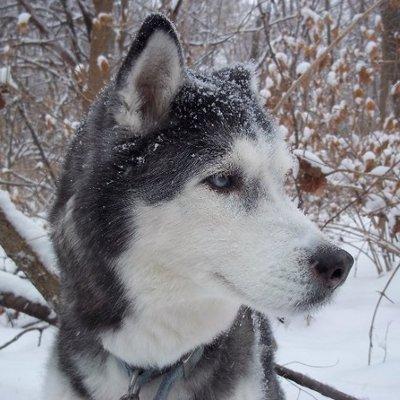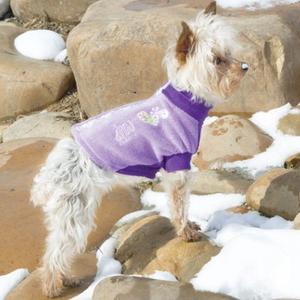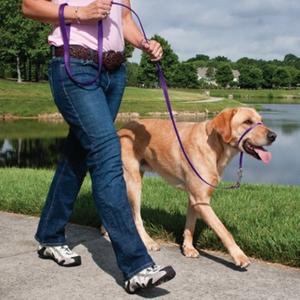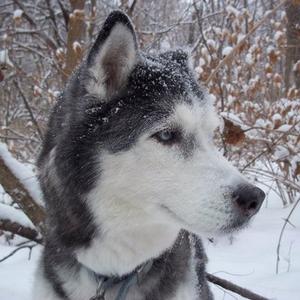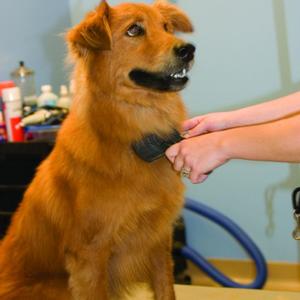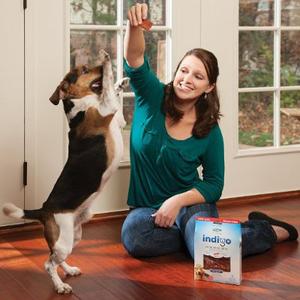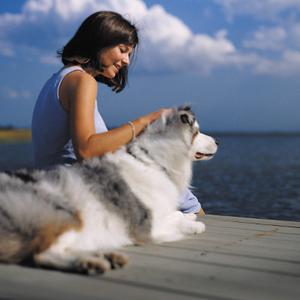Whether your pets stay inside or relish outdoor snow romps, it's important to recognize potential risks and prevent them by being winter-savvy.
It's not just about the cold and potential for frostbite or hypothermia. Winter also means indoor furnaces that dry skin, burn risks from fireplace use, and toxic antifreeze under vehicles. So how do you keep your special pets safe from winter's danger?
1. Stay Warm.
Adult dog and cat body temperature ranges from about 100 to 102.5 degrees F. Puppies and kittens, though, have trouble maintaining body temperature. Shorthaired pets have less protection, but even wooly cats and dogs are at risk. Thinly furred areas or body parts exposed to the wind or that come in contact with the icy ground have little protection from the cold.
Fluffed fur insulates the body the same way clothing protects people--by trapping warm air next to the skin. But wind strips away the protective layer of warm air trapped by fur. Getting wet makes the cold worse, when fur can't fluff to hold warm air. Even moderately cool temperatures can be dangerous. A 20 mph wind makes 40-degree weather feel like 18 degrees. A shelter keeps the wind at bay and provides a dry space to retreat.
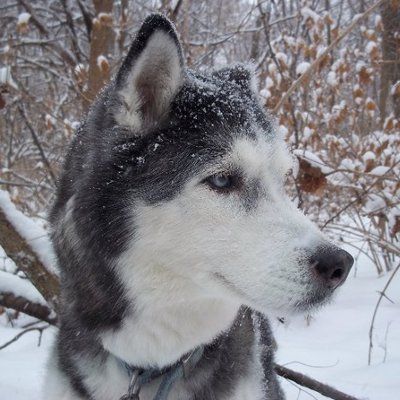
2. Give Them Shelter.
Dogs and cats protect themselves by curling up in small shelters that can be warmed by their own body heat. Build a shelter that's just large enough for pets to turn around inside. Size for cats should be approximately 3 feet by 3 feet and 2 feet high.
Cats will cuddle together inside for warmth. If you're providing for a feral cat colony, provide enough shelters so that about six cats can stay in each one. Raise the shelter off the ground by placing it securely on bricks or on a wooden pallet. If left on the ground it will retain moisture and will rot. Use Mylar insulation that reflects radiant heat, or use straw for the bedding, not hay (hay mildews). That lets small pets burrow into the bedding and make nests to stay warm. Blankets, sheets, and towels retain moisture and remain damp and should not be used during winter.

3. Dry Them Off.
If shelter isn't available, pets should be kept inside when temperatures drop below about 40 degrees or the weather turns nasty. Be sure to dry off your dog or cat when he comes inside. Damp feet and fur make pets feel even colder. Moisture doesn't evaporate well in wintertime, either, and can cause skin to dry and crack. Be sure to check between your pet's paw-pads after he's been out in the cold to ensure ice hasn't formed crippling chunks in the fur. A quick dip in warm water or a foot bath with a warm, wet towel can take care of icy paws.

4. Dress Them Up!
Even pets who lived outside with great success as youngsters become less cold tolerant as they age. That's because muscle and fat insulates and produces warming energy, and aging pets lose muscle and fat. The skin and fur also tends to get thinner. Small pets have less body mass to generate natural heat and, if they have short fur, won't have the necessary insulation either to protect them from the cold. So small pets, those with short fur or thinning coats, and older animals all benefit from wearing a pet sweater when they make a trip outdoors.
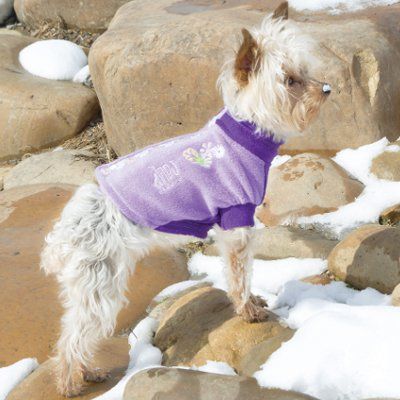
5. Counter Dry Skin.
Cold air is very drying. So is the heat from indoor heaters. Dogs and cats often develop dry skin, dull coats, and static-filled fur during the winter as a result. Fatty acid supplements nourish the skin and fur, and counteract the drying effects of winter weather. You can find fatty acid supplements from pet supply stores or from your local veterinarian. Ask about zinc supplements, which are also very healing to dry skin, chapped noses and paw pads.
6. Increase Calories.
To generate the necessary body heat, dogs in winter need more calories to fuel their faster metabolism--about 7.5% more food for each 10-degree drop in temperature. Cats need more fuel, too. One way to increase calories is to add a tablespoon of flaxseed oil or olive oil to each cup of dry food. That will also help dry skin and fur. Or, to increase calories, you can feed your adult dog puppy food and offer the cat kitten food. These "baby" rations are much higher in calories than adult formulations.
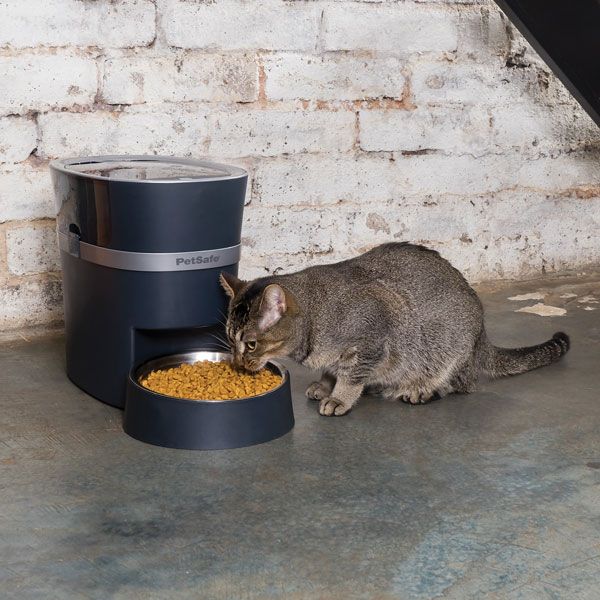
7. Check the Heat.
Cats are notorious heat-seekers, and love to snooze. They may get so close to the flame they singe their fur and risk catching a fluffy tail on fire. Create a buffer zone with a fire screen in front of your fireplace helps keep the cats a safe distance away, to prevent burns. Also, be sure to check furnaces for your own safety as well as the pets. Carbon monoxide can poison you and your dogs and cats. In fact, cats that sleep on high perches may be affected before humans or dogs.
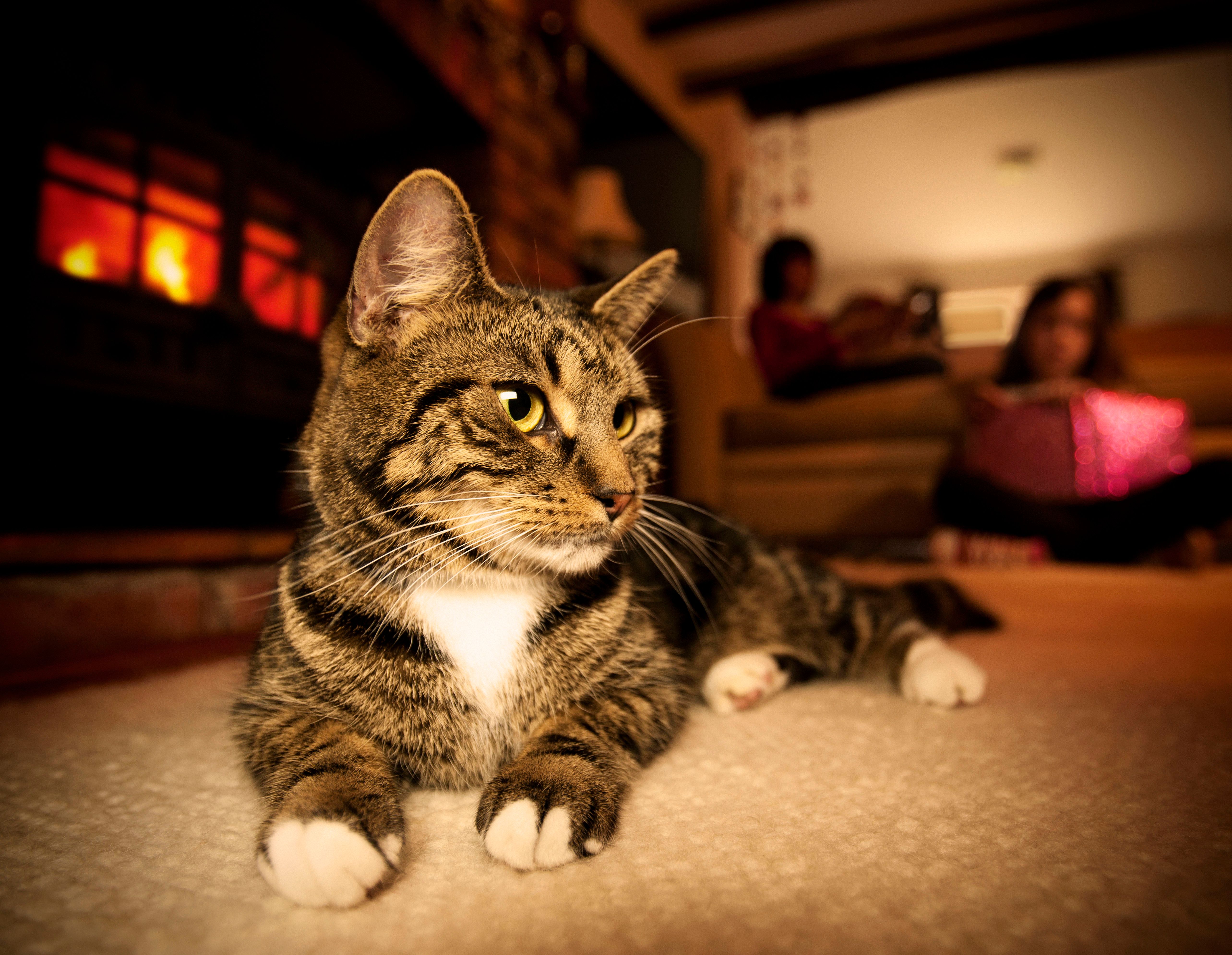
Have any other pet winter care tip? Share them in the comments!

